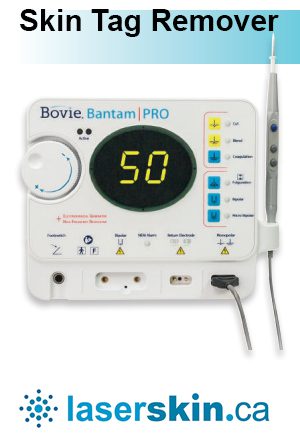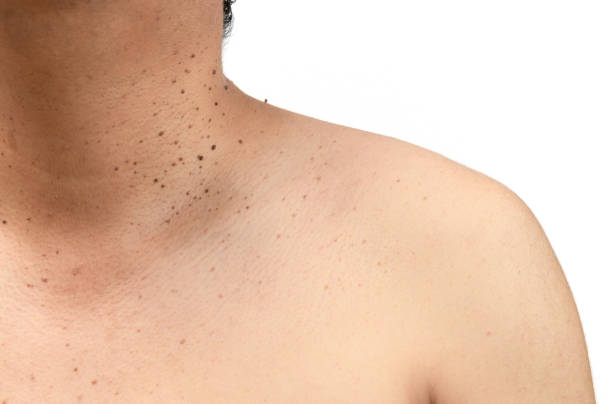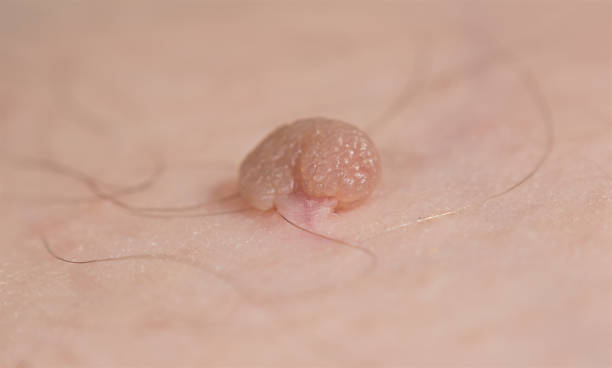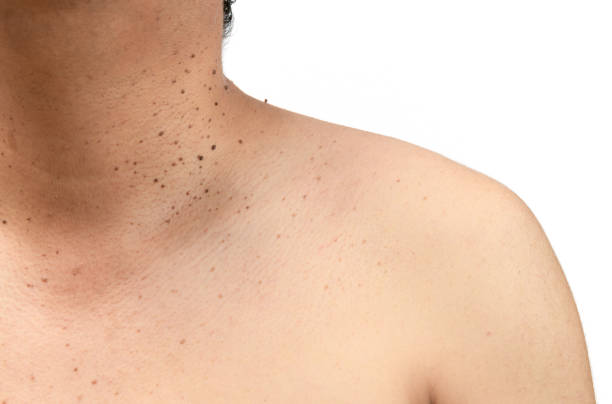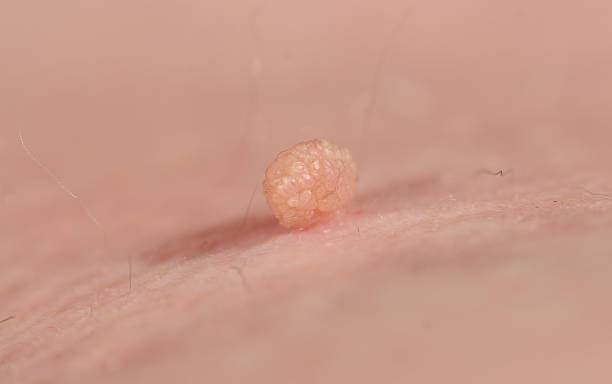Anal Skin Tags and Skin Tag Removal Using Bovie Electrocautery Acrochordons, or skin tags as they’re commonly known, are harmless skin protrusions that often occur in regions of the body where the skin naturally folds or creases, including the neck, armpits, groin, and eyelids. Among these locations, anal skin tags are particularly common. While harmless, […]
Everything to Know About Skin Tag Removal
Introduction to Skin Tag Removal Skin tags are common benign skin growths that appear as delicate pieces hanging off the skin’s surface. They are generally harmless and painless, but their appearance can bother some. Skin tag removal is a common procedure to address cosmetic concerns or alleviate discomfort caused by skin tags. This article provides […]
Comprehensive Guide to Skin Tag Removal in the Greater Toronto Area
Comprehensive Guide to Skin Tag Removal in the Greater Toronto Area Introduction: Welcome to our comprehensive guide to skin tag removal in the Greater Toronto Area. You’ve found the ideal resource for discovering safe and efficient techniques to eradicate undesired skin tags. This article explores various aspects of skin tag removal, including available methods, costs, […]
Electrosurgery and Cauterization for Skin Tags: A Comprehensive Guide to Effective Removal
Electrosurgery and Cauterization for Skin Tags: A Comprehensive Guide to Effective Removal Introduction Electrosurgery and cauterization are two commonly employed medical procedures for removing skin tags. This article provides a comprehensive understanding of electrosurgery and cauterization as effective methods for skin tag removal, which are benign growths commonly found on the skin’s surface. Understanding Electrosurgery and […]
Skin Tag Removal: Methods, Procedures, and Care
Skin Tag Removal: Methods, Procedures, and Care Introduction to Skin Tag Removal Benign skin growths, known as skin tags, are frequently found in skin folds or areas of friction, and although they are harmless, many individuals choose to remove them for cosmetic or comfort reasons. This article will explore various methods and procedures for skin […]

